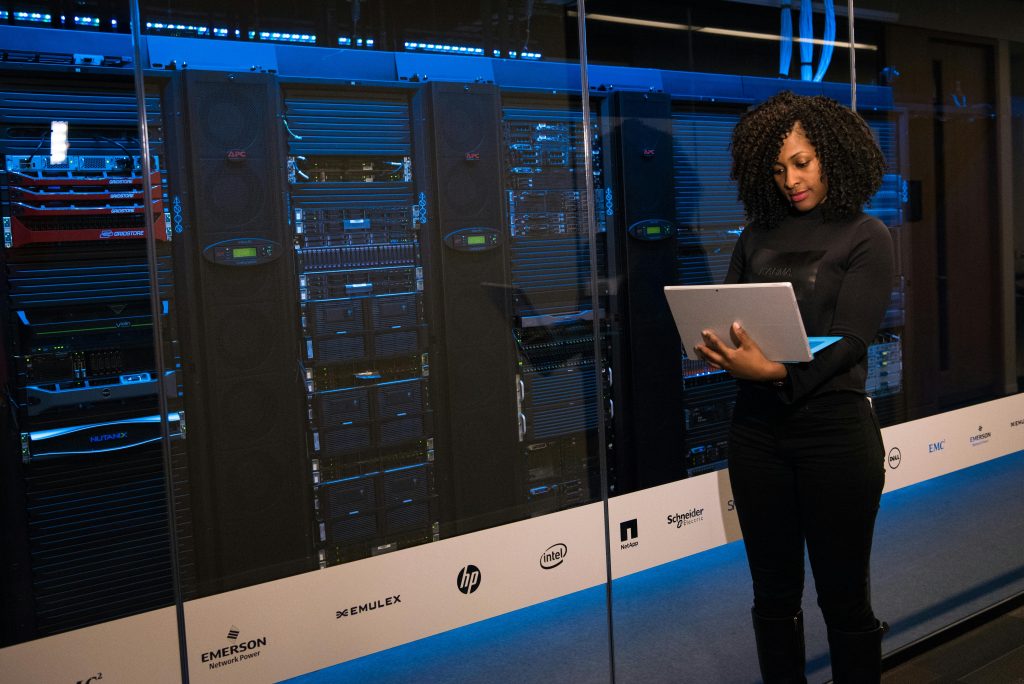
A silent enabler behind every successful AI application is MLOps (Machine Learning Operations). As businesses strive to deploy AI at scale, MLOps has become the backbone of reliability, efficiency, and scalability. In 2025, its role is no longer optional. It’s foundational
What is MLOps? Bridging AI and Operations
MLOps combines machine learning, DevOps, and data engineering to streamline the lifecycle of AI models—from development to deployment and monitoring.
Unlike traditional software, AI models require constant updates, data validation, and performance tracking. MLOps automates these processes, ensuring models stay accurate and relevant in dynamic environments.
Why MLOps Matters in 2025
Scaling AI with Precision
Deploying AI isn’t just about building models but seamlessly integrating them into workflows. For instance, training state-of-the-art models like GPT or Llama demands thousands of GPUs and weeks of computation.
MLOps platforms automate resource allocation, reducing costs and accelerating deployment.
Tackling Complexity
AI systems today face challenges like model drift (performance decay over time) and integration bottlenecks. MLOps addresses these by enabling continuous monitoring and retraining, ensuring models adapt to real-world changes.
Collaboration Across Teams
MLOps fosters collaboration between data scientists, engineers, and business stakeholders. By standardizing workflows, teams can focus on innovation rather than troubleshooting.
Key Strategies for MLOps Success

Holistic Solution Design
Successful MLOps prioritizes end-to-end solutions over isolated models. For example, combining AutoML for rapid prototyping with serverless architectures ensures scalability and cost efficiency.
Leveraging Cutting-Edge Tools
Tools like Databricks and cloud-native platforms (AWS SageMaker, Azure ML) simplify model deployment and monitoring. These platforms also integrate with DevOps pipelines, enabling seamless updates.
Focus on Governance
In regulated industries like healthcare, MLOps ensures compliance by tracking model lineage, data sources, and audit trails. This transparency builds trust and mitigates risks.
Challenges in MLOps: Navigating the Roadblocks
Despite its benefits, MLOps adoption faces hurdles:
- Resource Demands: Training large models requires significant computing power, straining smaller teams
- Skill Gaps: Many organizations lack expertise in both ML and DevOps
- Integration Complexity: Legacy systems often clash with modern MLOps pipelines.
The Future of MLOps: Trends to Watch
- AI-Driven MLOps: Tools that use AI to self-optimize pipelines and predict failures.
- Edge MLOps: Deploying models on IoT devices for real-time decision-making.
- Democratization: Low-code platforms enabling non-experts to manage AI workflows
How JustWebTech Aligns with MLOps Trends
At JustWebTech, we integrate MLOps principles into our services:
- Custom Software Development: Build scalable AI pipelines tailored to your business needs.
- Training Programs: Upskill teams in MLOps best practices and tools like AutoML.
- Cloud Solutions: Optimize deployments with serverless architectures and cost-effective resource management
Conclusion: Embrace MLOps for AI Resilience
In 2025, MLOps is the unsung hero turning AI aspirations into reality. Businesses that adopt it will outpace competitors, mitigate risks, and deliver value faster.

Leave a Reply